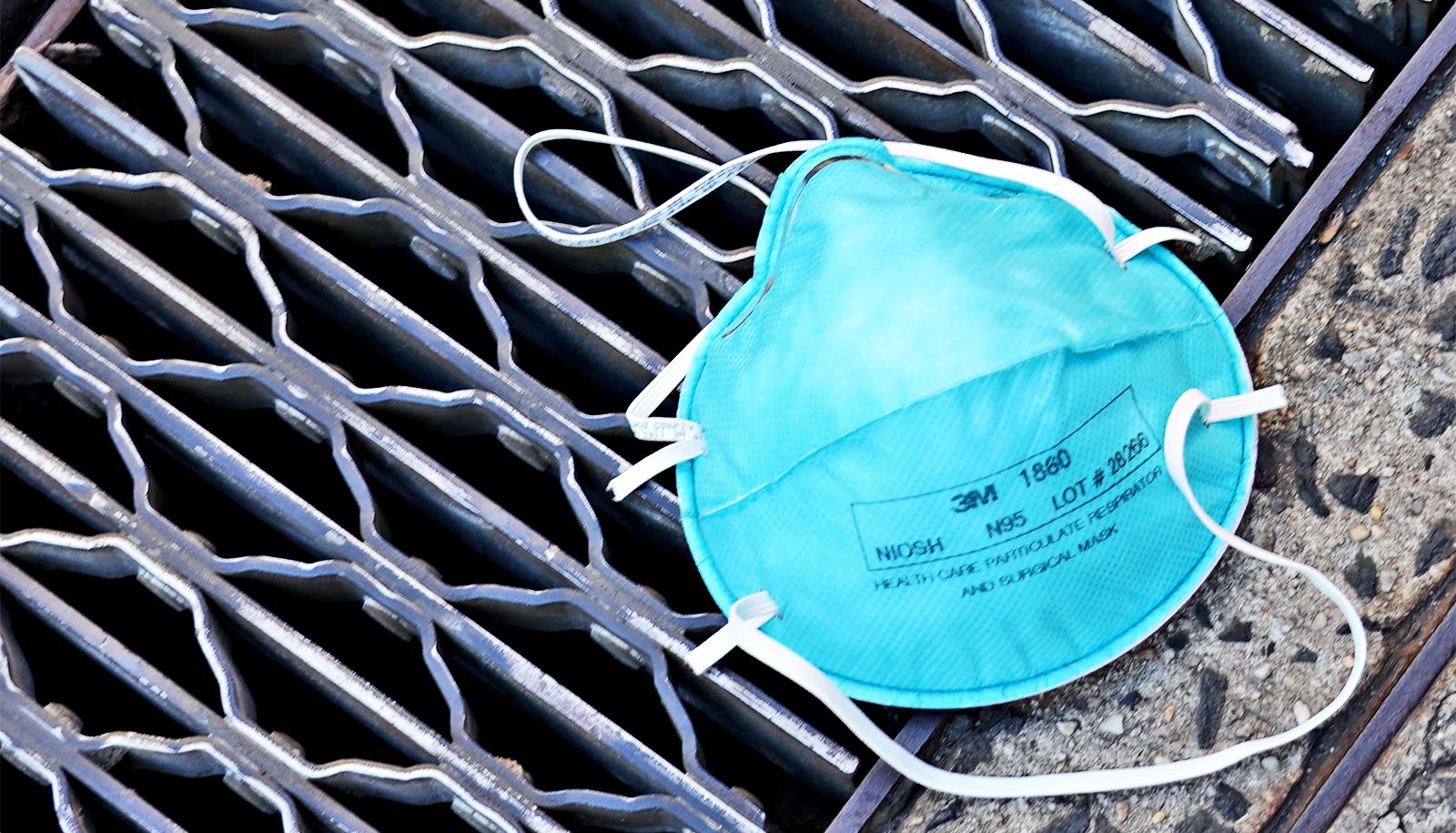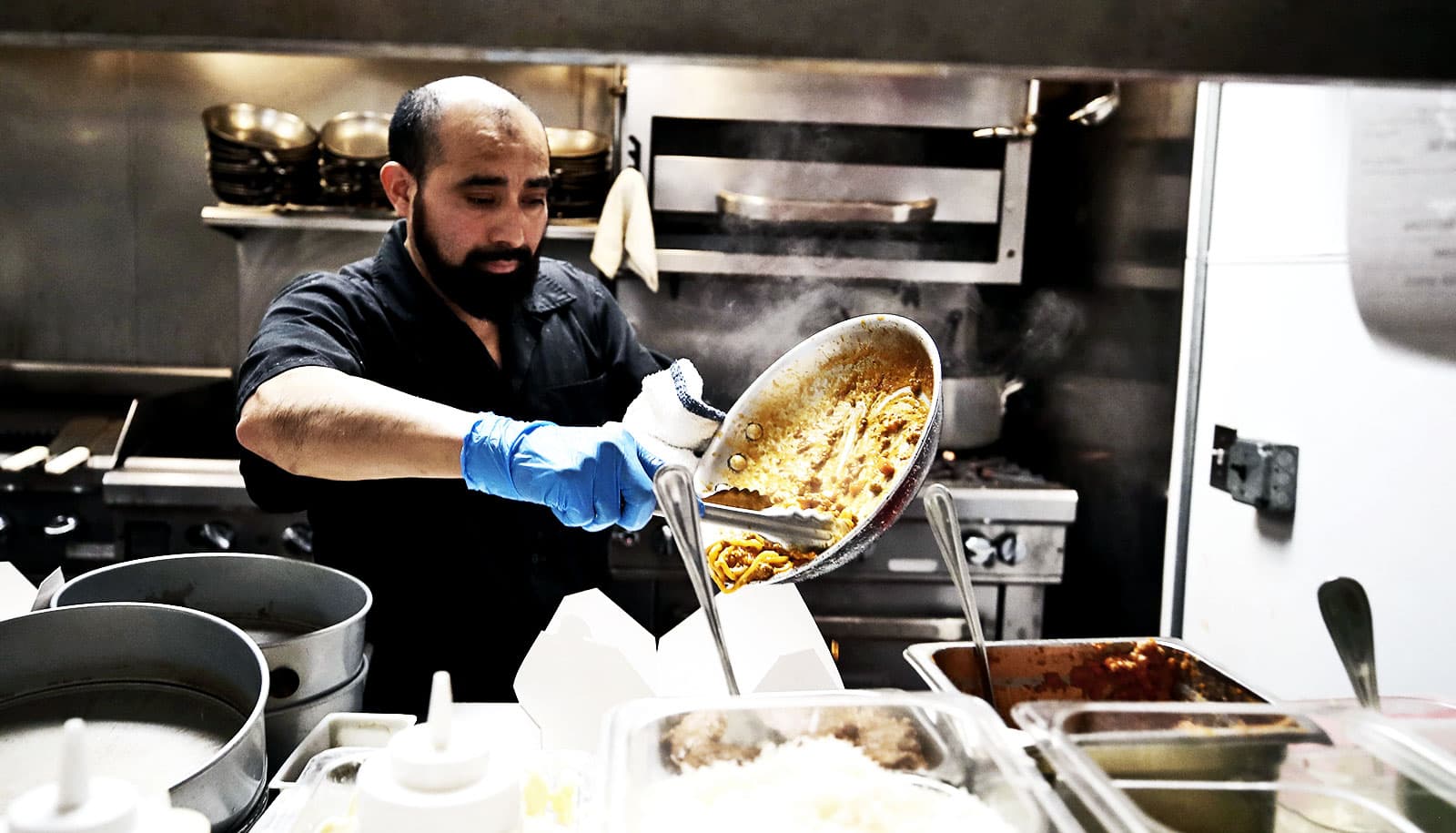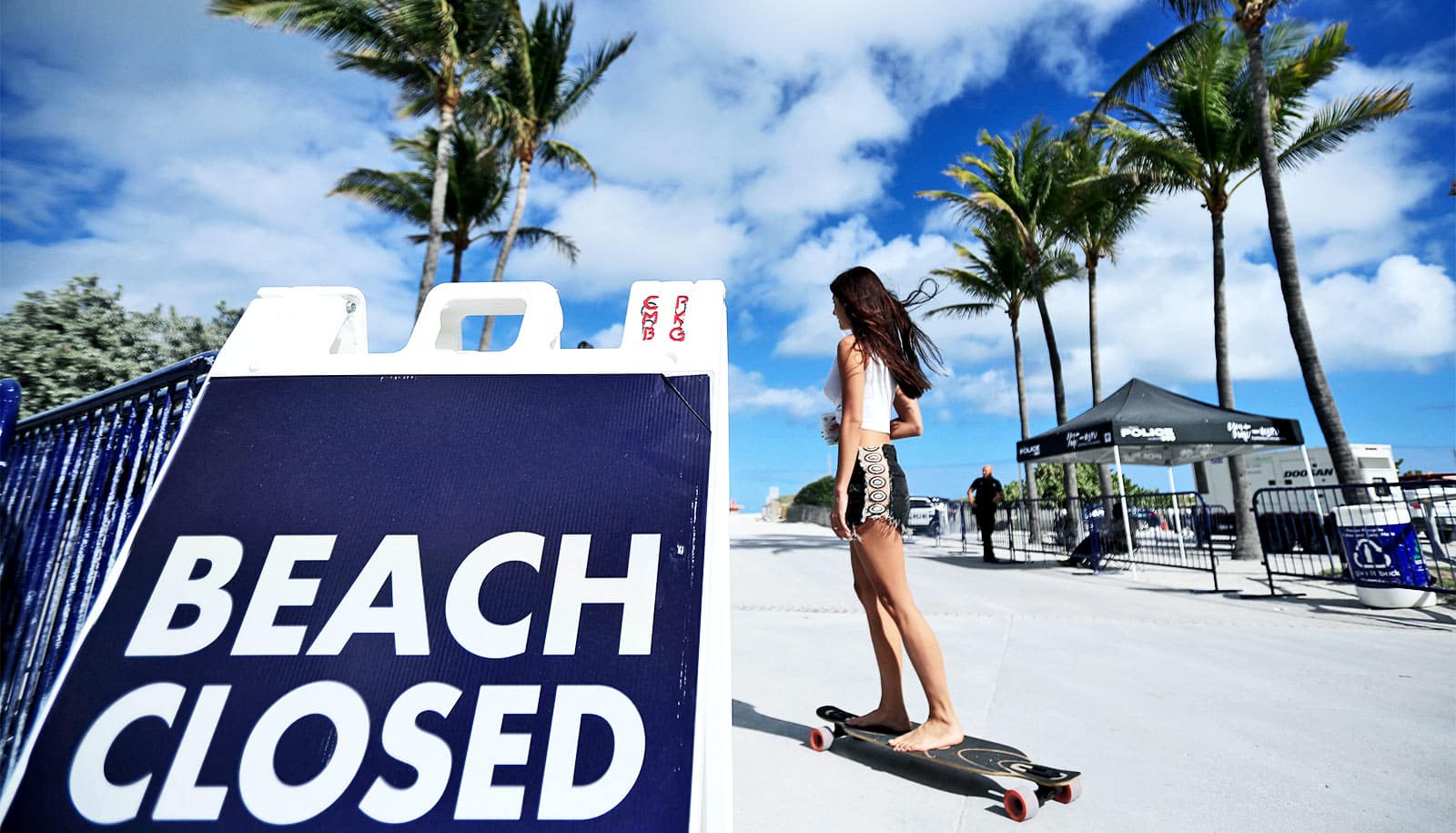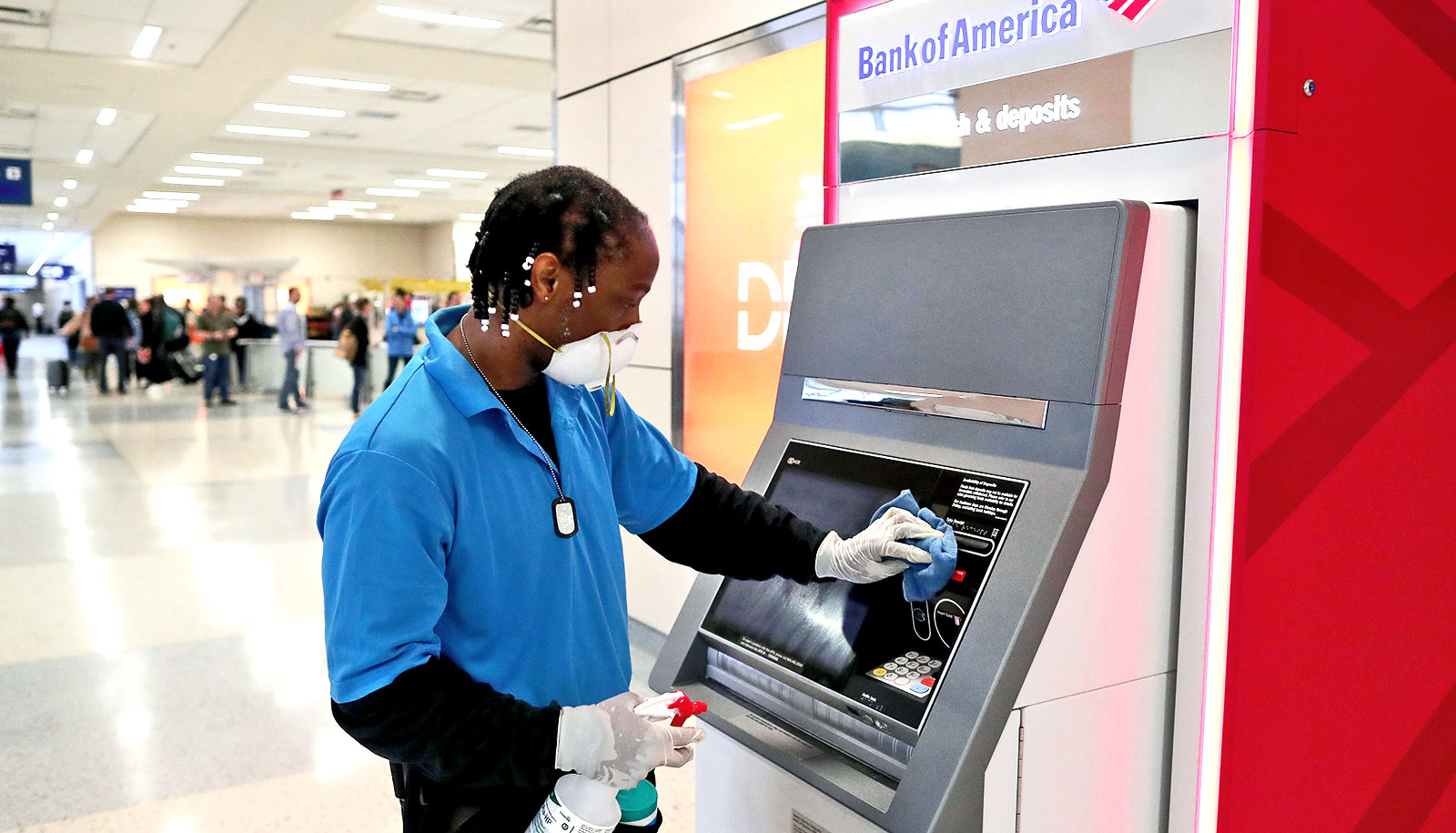COVID-19 has attacked big cities in the US at much higher rates, according to new research.
The research shows that, for example, in the New York metropolitan area (pop. approx. 20 million), COVID-19 has spread roughly 2.5 times faster than in Oak Harbor, Washington (pop. approx. 84,000).
But these numbers only represent part of the story of the pandemic, says Luis Bettencourt, a researcher in urban science and ecology and evolution who directs the Mansueto Institute for Urban Innovation at the University of Chicago. Although big cities are dealing with faster growing outbreaks, they may also have the socioeconomic institutions and infrastructure to respond more aggressively—both by enforcing social distancing measures and expanding the capacity of their health care systems.
“The denser the city, the more easily disease can spread. It’s intuitive, but we put numbers behind it.”
“You can see large cities being hit first and faster, and then stepping up their responses,” says Bettencourt. “If their response matches the challenge, then they have a chance to go through this first surge faster, and also to be better prepared for the future.
“But if it’s not, even a place that doesn’t currently have the worst problem may soon be overwhelmed.”
The new preprint paper examines data on more than 200 US metropolitan areas from March 13 to 24.
The researchers aggregated county-level data from that timeframe to the city level, subtracting total deaths to approximate the number of early active cases. They estimated some of the highest growth rates in the New York-Newark-New Jersey area (roughly 50% per day), the Chicagoland area (43%), the greater Los Angeles area (28%), and the Seattle area (15%).
“The denser the city, the more easily disease can spread,” says Marc Berman, an associate professor in the psychology department. “It’s intuitive, but we put numbers behind it. This evidence is important from a public policy standpoint, because you have some politicians really not taking some of these things sufficiently seriously.
“The attack rate is worse in some areas, but the capacity to respond may also be stronger in different places.”
“It says here in the data: If you are in larger cities, you definitely have to be more careful, you have to act faster, and you have to engage in more intense social distancing.”
“At the same time, it is important to try and preserve social networks as much as possible, possibly through technology. Rich, intense, and diverse social networks are part of what make cities so great,” adds first author Andrew Stier, a doctoral student.
The new research also suggests that when the largest COVID-19 outbreaks have been contained, smaller cities may be able to return to normal life and economic activity faster than their larger counterparts. But even that remains uncertain, given the disparity in responses from city to city and the potential for transmission between cities.
The more concrete takeaway for Bettencourt is that the “path to normality will be place-specific, depending on the initial density of ties that can transmit the disease, and on the speed and effectiveness of the response.” That is, the effects of the pandemic will vary on a local level, even for a virus that has left few areas of the world untouched.
He is currently examining data that might reveal the ongoing effectiveness of countermeasures, both in big cities across the United States and in other parts of the world.
“It’s not a monolithic problem,” Bettencourt says. “The attack rate is worse in some areas, but the capacity to respond may also be stronger in different places. Where these two factors match, or don’t match, is where we’ll find both solutions and the greatest challenges.”
Source: University of Chicago



